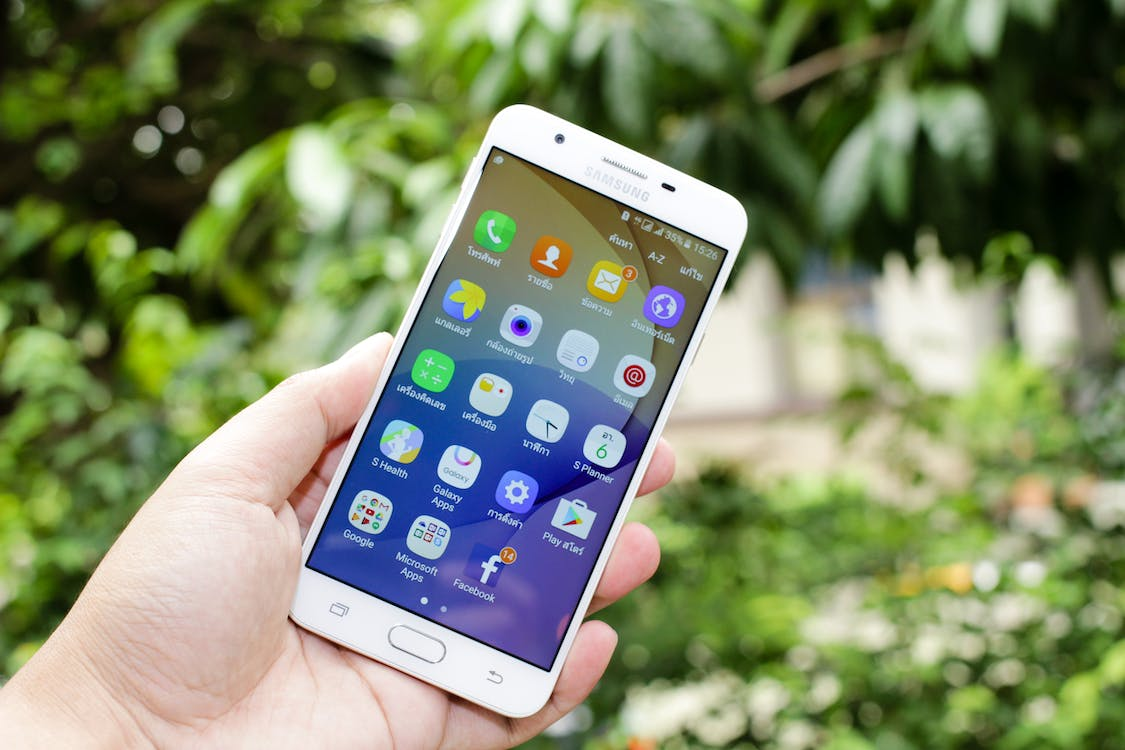Buying a new phone can be a daunting experience. With so many different things to think about, it can be difficult to make the right choice if you don’t know the facts. This guide will run you through all the things you need to think about when choosing a new device, so you can eliminate some of the guesswork while gaining the confidence you need to make a solid purchase.
The Link Between Phone Display and Refresh Rate
Contrary to popular belief, your phone’s refresh rate has nothing to do with the CPU. The refresh rate is built into the panel itself. If you play games that include first-person shooters, then your refresh rate will have a monumental impact on your experience. The higher your refresh rate, the smoother and sharper your phone’s picture is going to look. Although you’ll notice the biggest difference with fast-moving content, less intensive content will also benefit. Book slot games, online solitaire, bingo, and even bubble shooter games are all widely known for benefitting from a high refresh rate, as it allows the colors to come through, which affects the overall experience.

Choosing Between LCD vs. OLED and AMOLED
LCD uses a backlight so that the pixels can be illuminated. OLED and AMOLED, on the other hand, have pixels that self-emit. You can expect better image quality with true blacks and bright, vibrant colors. In terms of price, LEDs are much more budget-friendly, but the visual experience is compromised as a result. When choosing a phone, the best option in any sense would be OLED, or AMOLED with a refresh rate of 240Hz. If this is out of your budget, opting for an LCD phone that clocks at 120Hz would be a good option, but going lower, let’s say 60Hz, would limit you when using the device for varying purposes.
Higher refresh rates are most important for people who use their phone as their primary form of entertainment. The main reason for this is that having a higher refresh rate when playing games gives you a distinct advantage over those who have a slower one. You’ll see things faster due to your phone’s processing speed. You may even be able to take advantage of better graphics and less lag. Even though the difference in your reaction time may be a mere few microseconds, it can make a monumental difference.

Phone Displays and Battery Life
The choice between AMOLED, OLED, and LCDs can have a major impact on your phone’s battery life. OLED panels use less power, so smartphones that embrace this kind of tech tend to have better power efficiency than those that just have an LCD. This is most noticeable in scenarios when the screen is displaying dark or black content, as OLED screens only use power for illuminated pixels. LCDs require constant power to light up the pixels.
If you want a solid phone, then taking into account how your display not only impacts your battery life but also your refresh rate and reaction time is key to choosing a device that suits your style.











